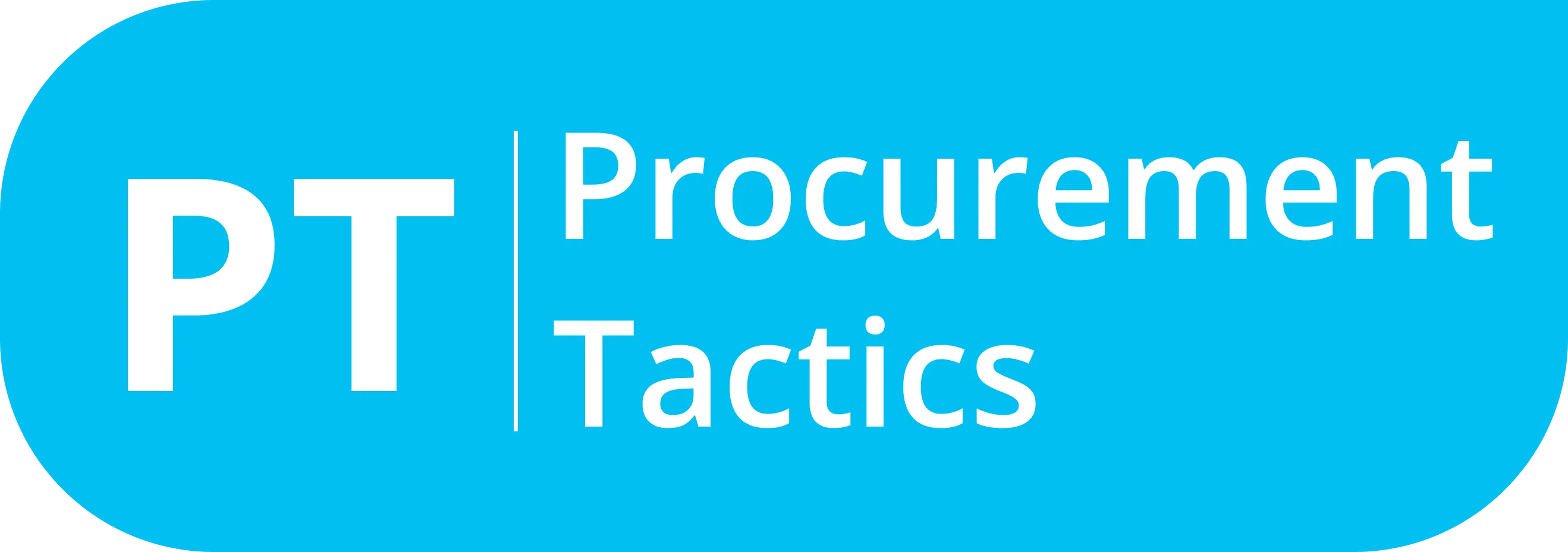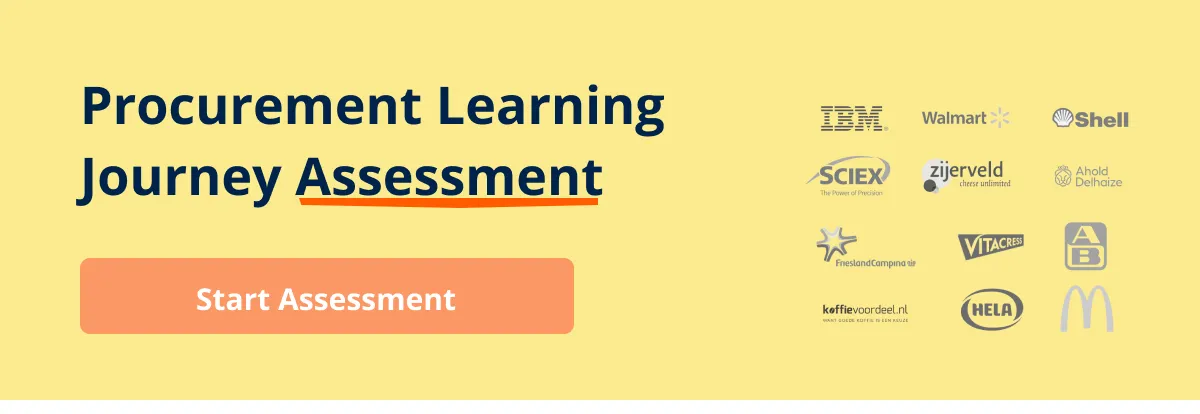Written by Marijn Overvest | Reviewed by Sjoerd Goedhart | Fact Checked by Ruud Emonds | Our editorial policy
Supplier Sourcing — Everything A Procurement Professional Should Know
Key takeaways
- Supplier sourcing in procurement involves identifying, evaluating, and selecting potential suppliers for materials or services.
- Supplier sourcing requires market research, relationship management, and risk mitigation.
- The main goal of supplier sourcing is to select the right supplier based on factors like affordability, price, reliability, location, and delivery timeliness.
Supplier sourcing is one of the fundamental tasks in the world of procurement. Many procurement professionals know how these are done, especially those who have been in the industry for more than 10 years. But, it is not uncommon to forget many methods in procurement.
Our article will revolve around the types and software that can help you in procurement. It will guide you to remember all the types you have known in supplier sourcing for decades. Also, this article will be a guide for rookies in procurement to learn all the methods professionals are knowledgeable about.
After reading this article, you will have a deeper knowledge and grasp of supplier sourcing. Especially those who have just begun their journey in procurement. With that being said, Let’s now acquire the knowledge of how supplier sourcing works.
Supplier Sourcing
Supplier sourcing involves methods around identifying and evaluating potential suppliers of an organization. It also considers the offers of potential suppliers in selecting and engaging in transactions with them.
The process of supplier sourcing seems bearable. However, it does not stop at identifying suppliers to get your materials or services. Searching for suppliers is a critical task faced by many procurement professionals.
The process involves a lot of market research to select the best supplier. In supplier sourcing, managing your relationship with your supplier is important.
The main focus of supplier sourcing is to select the right supplier for the company at the right place and time.
There are many factors to consider in selecting your supplier. This includes affordability, price, reliability, location, and timeliness of delivery.
As many uncertain events arise, managing and mitigating risks has become the main challenge of supplier sourcing.
Types of Sourcing Process
Many of us know only four types of sourcing processes. However, it is not even half of what experts know. Below are the following types of sourcing processes:
1. Sole sourcing
Sole sourcing is a process that pertains to a situation when only one supplier provides the product or services that you need.
Typically, sole suppliers are those who manufacture obsolete products. This makes them unique as the materials that you need are only found by buying them.
2. Single sourcing
Single sourcing is a method that refers to more than one supplier who can provide for your needs. The organization will only select one of the suppliers to give what they need.
The organization considers affordability, reliability, and quality of materials or services in selecting a supplier.
3. Dual sourcing
Dual sourcing is the process of using two different suppliers for your specific goods or services. In simple terms, The organization will operate using two different suppliers for the same product.
This process is mostly used to decrease the chance of overreliance on a single supplier.
4. Multi-sourcing
Multi-sourcing is an approach in which products or services are contracted to numerous suppliers needed to conduct the project. In simple terms, instead of using traditional single sourcing, this method hires various suppliers to make the project.
5. Outsourcing
Outsourcing is a supplier sourcing process of finding a third-party supplier to take on the supervision or creation of the project.
Usually, outsourcing is used when the organization does not have the required skills or expertise in-house for a product or service.
6. Co-sourcing
Co-sourcing is a partnership between a customer and a service provider or a supplier. The company selects a supplier to work alongside its team.
It is different from outsourcing as the internal team will work together with the external team. The company’s employees take an active part in the creation of the project.
7. Near sourcing
This supplier product sourcing process considers placing some of your operations close to where you sell products or provide services.
8. Global sourcing
Global sourcing is the process where businesses source goods or services in the global market to acquire the highest level of efficiency.
The focus of global sourcing is to source cheaper materials or services while maintaining the exact quality standards. Numerous suppliers who offer cheap yet quality products can only be found overseas.
9. Low-cost country sourcing
This process involves finding materials with lower production and labor costs. Low-cost country sourcing is focused on cutting down the operating expenses of an organization.
China is the go-to country for many businesses. China has many factories that offer lower manufacturing and labor costs.
10. Captive Service Operations
This sourcing process involves organizations establishing some of their parts or wholly-owned enterprises overseas. This kind of method allows greater control for the organization. However, it will severely affect the economies of scale of an organization.
11. Vertical Integration
This process involves the merging of companies at different production phases in the same industry.
When a company acquires an input supplier, it is called backward integration. On the other hand, forward integration happens when it acquires other companies into its distribution chain.
12. Subcontracting arrangements
This arrangement requires a contract between a contractor and a subcontractor to perform a certain work that is part of the project. This method is usually between two offshore companies.
Supplier Sourcing Tools
We’ve compiled some of the tools you may need on your Supplier Sourcing journey below.
1. Zycus
Zycus has the complete solution for procurement issues. From e-sourcing to spend analysis, it has developed ways to achieve efficiency in our procurement process.
Negotiating strategic agreements is better and faster for Zycus. This will help streamline the process of selecting your potential supplier.
2. Simfoni
The Simfoni e-sourcing removes the intensive labor process of traditional sourcing and replaces it with a more efficient way. It used AI technology to improve its e-sourcing process.
One of its features is that it enables the organization which suppliers are certified as diverse suppliers. This allows the organization if the suppliers fit them the most.
3. GEP
GEP is one of the leading providers of strategic sourcing outsourcing services in the world. It has more than 200 category experts and sourcing consultants. Additionally, it has efficient e-sourcing software tools that will help you greatly in finding outsourcing providers.
Conclusion
Supplier sourcing stands as a pivotal task in procurement, necessitating a nuanced understanding of various methods and tools.
Armed with the insights from this article, readers are poised to enhance their knowledge and proficiency in supplier sourcing, contributing to the success of their procurement endeavors.
Frequentlyasked questions
What is supplier sourcing?
Supplier sourcing is the process of identifying potential suppliers or service providers to provide what you need
Is supplier sourcing important?
Yes. It is the first step in the procurement process. If you do not take this seriously, your procurement process will fail.
What is the best type of sourcing for my business?
The best type of sourcing process is dependent on the industry that you are in. If you can only find your materials from a single supplier, the best type for you is sole sourcing.
About the author
My name is Marijn Overvest, I’m the founder of Procurement Tactics. I have a deep passion for procurement, and I’ve upskilled over 200 procurement teams from all over the world. When I’m not working, I love running and cycling.


